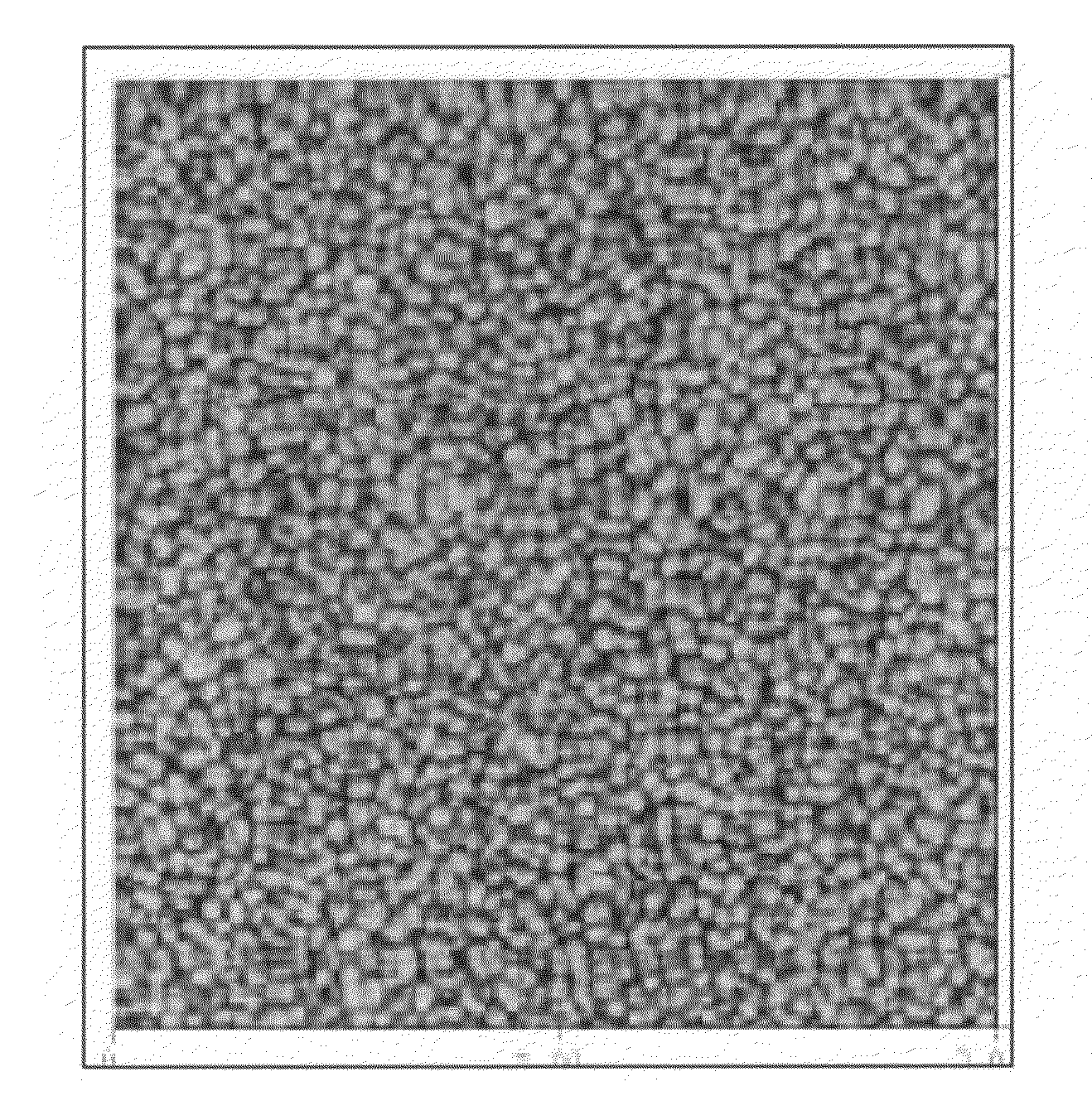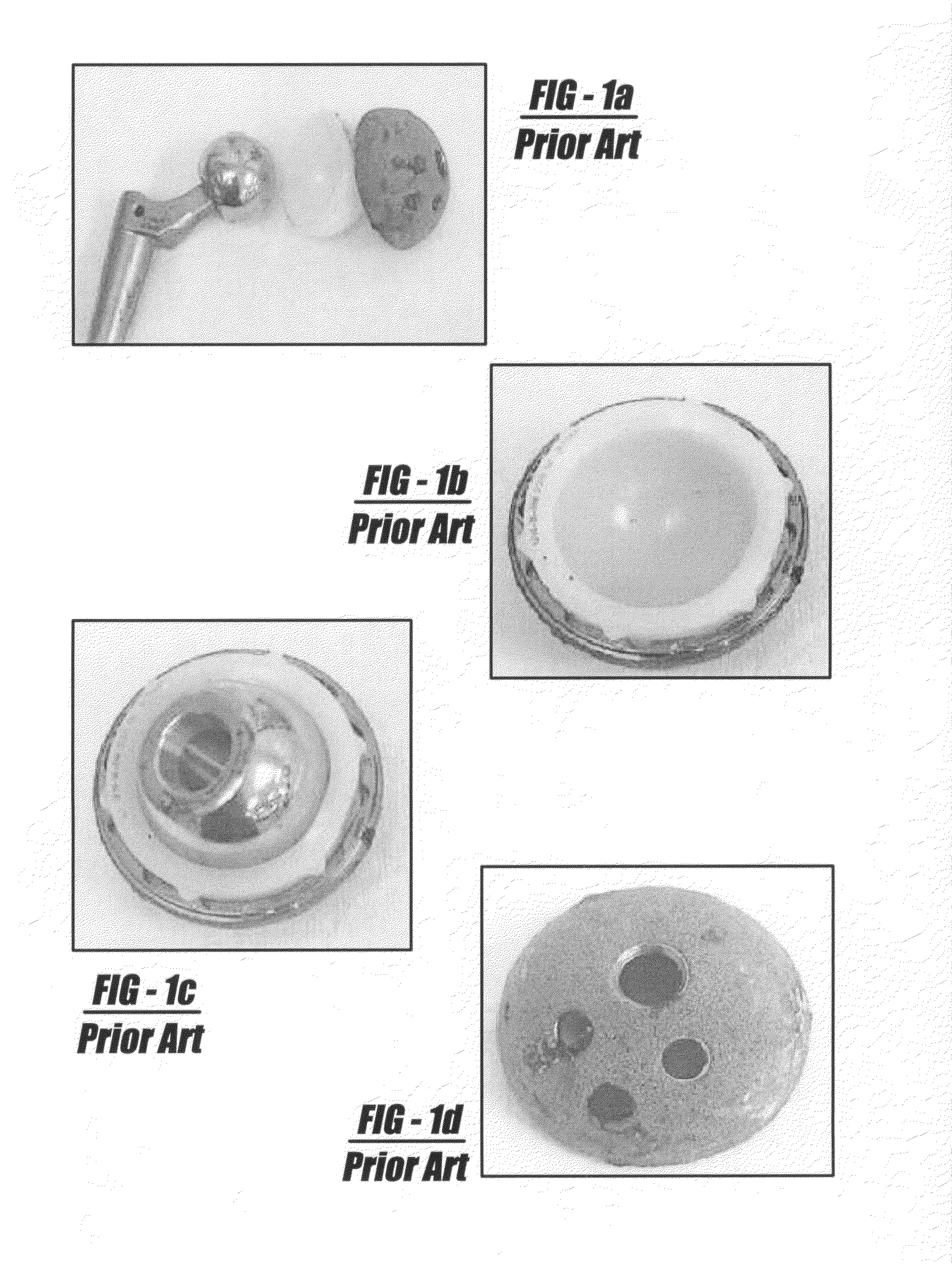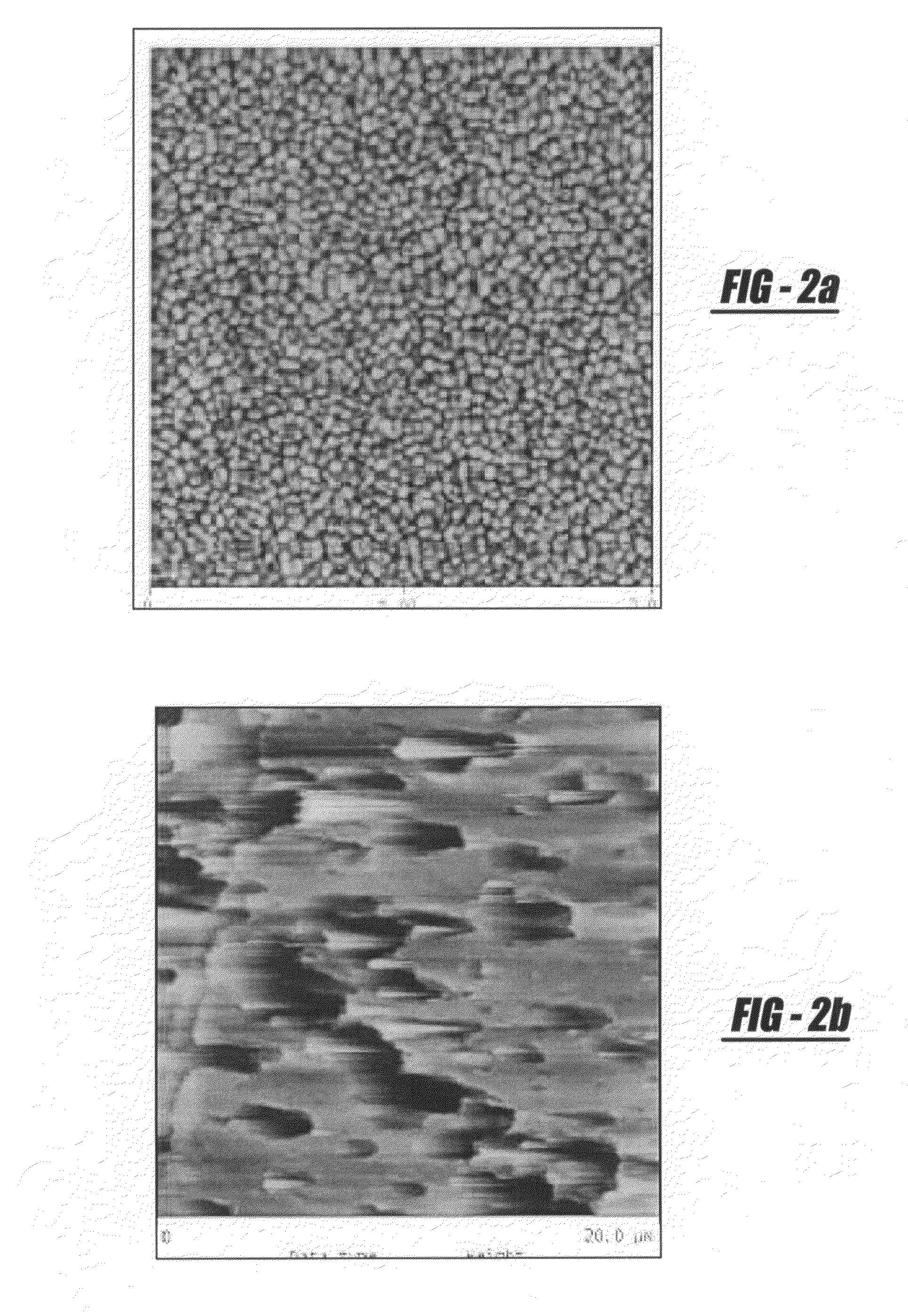Deposition of calcium-phosphate (CaP) and calcium-phosphate with bone morphogenic protein (CaP+BMP) coatings on metallic and polymeric surfaces
a technology of bone morphogenic protein and coating, which is applied in the direction of impression caps, prostheses, joint implants, etc., can solve the problems of inability to fully absorb calcium phosphate, system inability to biocompatible in their bulk form, and inability to withstand high-temperature radiation, etc., to achieve the effect of increasing the deposition rate and adhesion of substrate coatings, reducing costs, and increasing the amount and density of potential cap nucleation sites
- Summary
- Abstract
- Description
- Claims
- Application Information
AI Technical Summary
Benefits of technology
Problems solved by technology
Method used
Image
Examples
Embodiment Construction
[0053]The present invention overcomes various drawbacks in the prior art by proposing an improved method and apparatus of depositing calcium phosphate coatings for use in orthopaedic applications. These applications include, but are not limited to:[0054]1. Surface coatings to enhance osseointegration of implantable devices;[0055]2. Surface coatings to enhance and stimulate bone growth and arthrodesis; and[0056]3. Composite coatings to deliver growth factors, proteins, antibiotics, stem cells (marrow stromal cells, osteoprogenitor cells, progenitor cells, etc.).
[0057]The current process overcomes drawbacks in prior art by focusing on surface chemical functionality as the primary factor in improving the deposition and substrate-coating adhesion characteristics of calcium phosphate-based films. Careful physiochemical manipulation of the surface functionality of metallic, polymeric, ceramic, or organic-based materials enhances the amount and density of potential CaP nucleation sites, wi...
PUM
| Property | Measurement | Unit |
|---|---|---|
| forward power | aaaaa | aaaaa |
| surface roughness | aaaaa | aaaaa |
| surface roughness | aaaaa | aaaaa |
Abstract
Description
Claims
Application Information
 Login to View More
Login to View More - R&D
- Intellectual Property
- Life Sciences
- Materials
- Tech Scout
- Unparalleled Data Quality
- Higher Quality Content
- 60% Fewer Hallucinations
Browse by: Latest US Patents, China's latest patents, Technical Efficacy Thesaurus, Application Domain, Technology Topic, Popular Technical Reports.
© 2025 PatSnap. All rights reserved.Legal|Privacy policy|Modern Slavery Act Transparency Statement|Sitemap|About US| Contact US: help@patsnap.com



